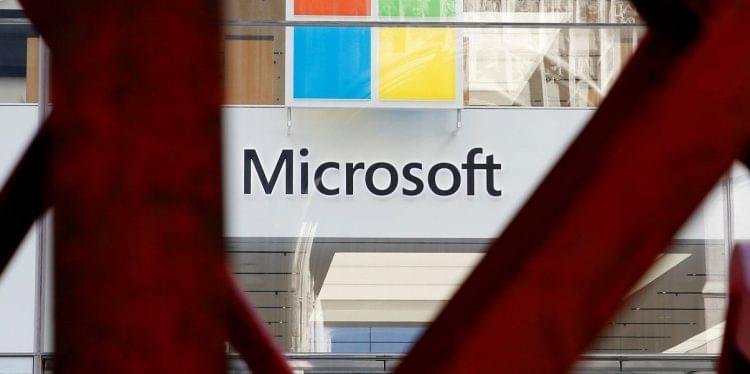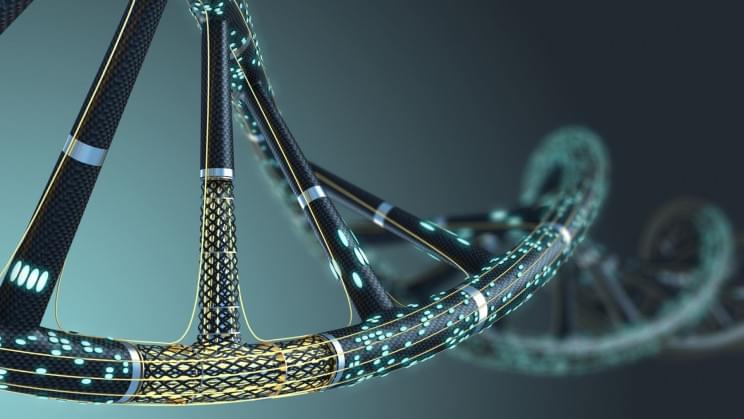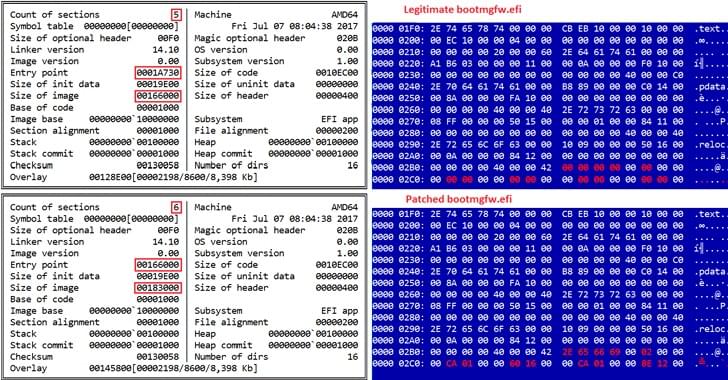Microsoft has confirmed that its financial services-focused industry cloud will be officially available on November 1 2021.
The news comes eight months after the company revealed it was launching three new industry clouds this year — for manufacturing, not-for-profits, and financial services. Today’s announcement means the financial-focused cloud is the first of the three to receive an official launch date, though Microsoft has previously introduced an industry cloud for health care and its retail-focused incarnation currently sits in public preview.
Full Story:






